![]()
Department of Neurosurgery
April 24,2025 update
Introduction
It has been 30 years since the establishment of the Department of Neurosurgery at the Saitama Medical Center in June of 1986. As a core presence in Saitama Prefecture, it has grown to become one of the largest facilities in the country with the number of annual surgeries at over 600 cases. We are proud to be the result of our motto, "Providing the best medical care for our patients."
According to the Japan Neurosurgical Society website, Neurosurgery is defined as "the field of medical treatment that diagnoses and cures diseases that can be primarily treated with surgical treatment of the general nervous system, including the brain, spinal cord, peripheral nervous system and appendages (blood vessels, bones, muscles, etc.)." This targets a variety of neurosymptomatic headaches, consciousness disorders, sudden convulsions, hemiplegia, motor disorders, dizziness, deafness, vision disorders, speech disorders, facial pain, facial spasm, dementia, numbness, etc. By developing a medical team with the Department of Neurology, Otolaryngology, Ophthalmology, Orthopaedic Surgery, Psychiatry, Pain Clinic, Pediatrics, Cardiology, and Endocrinology and Diabetes, etc., we are able to support brain and spinal cord diseases, from newborns to the elderly.
We are practicing treatments based on the latest findings with medical treatment for typical diseases such as stroke (subarachnoid hemorrhage, cerebral hemorrhage, cerebral infarction, internal carotid artery stenosis, cerebral arteriovenous malformation, unruptured cerebral aneurysm), brain and spinal tumors, facial spasm, trigeminal neuralgia, and head trauma. We see good results based on a wide range of surgical experience for benign brain tumors such as meningioma, acoustic neuroma, pituitary adenomas and craniopharyngioma, on which we put particular focus among other brain tumors. In the case of malignant brain tumors such as gliomas, we also use monitoring to maintain the quality of life for patients and are increasing the degree of removal to achieve long-term tumor control. We have established the Cerebral Vascular Center from April 2017 in conjunction with the Department of Neurology, and we have treated many cases in t-PA treatments, thrombus recovery, and catheter treatments for cerebral aneurysms. We introduced a Department of Neurosurgery hotline and a prefectural-designated stroke hotline with nearby medical institutions and promptly accept stroke patients.
In this way, we are targeting a wide range of neurosurgical diseases, and we strive to provide state-of-the-art, evidence based treatment that patients and their families can be fully satisfied with.
Patient care at our department
In the Department of Neurosurgery at the Saitama Medical Center, we conduct daily medical treatment with the goal of "Getting the best results for our patients."
As a base for high-level emergency medicine in the region, the Department of Neurosurgery accepts critical patients 24 hours a day. In addition, we actively accept patients who have skull base tumors or malignant gliomas, where other general hospitals consider the surgery to have a high level of difficulty, pediatric brain tumors and cerebrovascular disorders in close cooperation with the Department of Pediatrics and Pediatric Intensive Care Unit, and refractory brain tumors and cerebral arteriovenous malformations that require so-called "multidisciplinary treatment" performed in conjunction with surgery such as radiation or chemotherapy. Since we are a general hospital, it is possible to receive the latest comprehensive treatment by actively partnering with our other departments of Internal Medicine, Surgery, Otolaryngology, Ophthalmology, Plastic Surgery, Radiology and others.
The areas where our department is particularly focused are cerebrovascular disorders and brain tumors. Specifically, we are actively engaged in neurosurgical clipping and endovascular embolization for ruptured and unruptured cerebral aneurysms, bypass surgery for Moyamoya disease, and carotid artery stenting (CAS) and carotid endarterectomy (CEA) for carotid artery stenosis.
The characteristic of our department is that we make the appropriate selection of treatments for each case, considering the patient's intentions, using minimally invasive treatments (endovascular treatment), using a catheter and a highly curative direct operation. Both remedies are possible with advanced treatment by specialists and instructors in our hospital. In addition, we are also working closely with the Department of Neurology on the acute phase thrombolytic therapy by catheter. It is also a big characteristic that our department can cope with all brain tumors fully utilizing craniotomy to endoscopy. We are particularly focused on benign brain tumors such as meningiomas, acoustic neuromas, pituitary adenomas, and craniopharyngioma, malignant gliomas, and pediatric brain tumors, and have been providing the top-class treatment results in the prefecture. In addition, we have rich treatment experiences with many surgeries performed for trigeminal neuralgia and facial cramps, as well as surgery for the general spinal cord and spinal cord tumors.
In order to further improve the results of the treatment, we work hard studying knowledge and technology every day, and try to fulfill our social responsibility as a university hospital, including endeavoring to do a lot of clinical research. However, we believe that the most important thing is "to provide highly satisfying treatment considering patients and families."
Main diseases
The following are the diseases and treatments that can be handled in our department.
- Craniotomy tumor resection and endoscopic tumor resection for all brain tumors (meningioma, glioma, acoustic neuroma, pituitary adenoma, craniopharyngioma, childhood brain tumor, skull base tumor, metastatic brain tumor, etc.)
- Neurosurgical clipping and endovascular embolization for ruptured and unruptured cerebral aneurysms
- Multimodal therapy combining vascular surgery, craniotomy procedures and radiation therapy for cerebral arteriovenous malformations
- Bypass surgery for Moyamoya disease and intracranial arterial stenosis
- Carotid artery stenting (CAS) and carotid endarterectomy (CEA) for carotid artery stenosis
- Acute phase thrombolytic therapy for cerebral embolism
- Trigeminal neuralgia, facial cramps
- Spinal cord/spine disease
- Spinal cord tumors
- In addition to the above elective diseases, we provide advanced acute medical treatment for conditions which are extremely urgent, such as head trauma, stroke, and perinatal stroke which require cooperation with the Department of Emergency Medicine, Obstetrics, Anesthesiology, Pediatrics, etc.
Target Symptoms
Symptoms of brain tumors can progress slowly with symptoms including headaches, paralysis and numbness in the limbs, difficulty forming words clearly, dazed and strange look, forgetfulness, etc. We will perform a detailed examination at our department if you are concerned about such symptoms.
In the case of stroke (cerebral hemorrhage or cerebral infarction), severe headaches, paralysis of the limbs and face, and consciousness disorders can develop suddenly. If you have a sudden severe headache that you have never experienced before, you need to visit the clinic immediately, because there is a risk of subarachnoid bleeding. There is a possibility of recovery if treatment is received early after the onset of symptoms, especially in the case of cerebral infarctions, but the symptom will become permanent if time passes. In other words, it is important to visit the clinic early if symptoms suddenly appear. Moreover, even if the symptoms of the above are temporary and you recover immediately, it is likely this is a forerunner to a serious cerebrovascular disease and it is necessary to visit the doctor as soon as possible and not ignore it.
Treatment results
| Disease | Number of surgeries |
|---|---|
| Total | 617 |
| ◯Brain tumors | |
| (1)Resection | 87 |
| (2)Biopsy | 11 |
| (3)Endoscopic transsphenoidal surgery | 18 |
| ◯Cerebrovascular disease (Direct surgery) | |
| (1)Ruptured aneurysm | 42 |
| (2)Unruptured aneurysm | 9 |
| (3)Arteriovenous malformation | 13 |
| (4)Carotid endarterectomy | 10 |
| (5)Bypass surgery | 19 |
| (6)Intracerebral hemorrhage | 44 |
| ◯Endovascular surgery | |
| (1)Ruptured aneurysm | 20 |
| (2)Unruptured aneurysm | 30 |
| (3)Arteriovenous malformation (brain) | 13 |
| (4)Arteriovenous malformation (spine) | 0 |
| (5)Occlusive vascular diseases | 41 |
| (6)Carotid artery stenting | 23 |
| ◯Trauma | 80 |
| ◯Spine/Spinal cord | 12 |
| ◯Functional surgery | |
| Microvascular decompression | 21 |
| Congenital anomaly | 1 |
| Hydrocephalus | 34 |
Medical staff
| Name | Job Title | Position | Specialized Field | Credentials |
|---|---|---|---|---|
| 飯星 智史 (Iihoshi Satoshi) 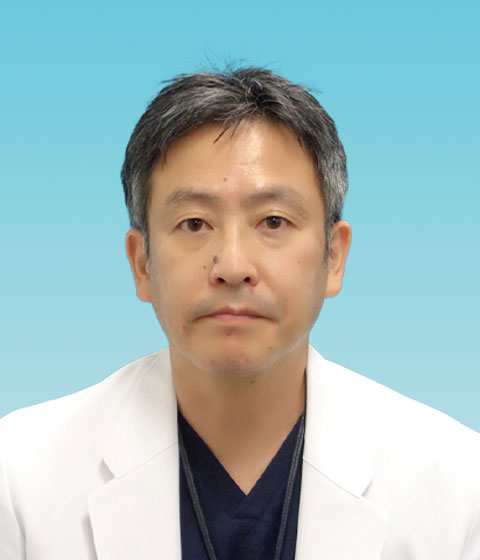
|
Professor | Cerebrovascular disease Aneurysm Dural arteriovenous fistula Arteriovenous malformation Endovascular theraphy |
Board-Certified Neurosurgeon
(the Japan Neurosurgical Society) Board-Certified Doctor Japanese Society for Neuroendovascular Therapy Board-Certified Doctor The Japan Stroke Society |
|
| 花北 俊哉 (Hanakita Shunya) 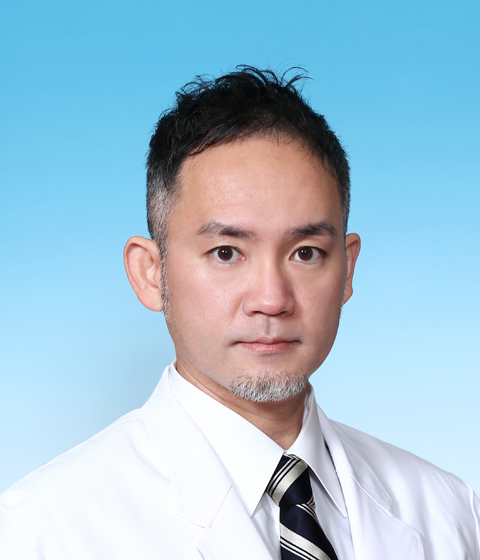
|
Associate Professor | Brain Tumors (meningioma,schwannoma,glioma, skull base tumors etc.) |
Board-Certified Neurosurgeon
(the Japan Neurosurgical Society) The Japan Stroke Society Certified DoctorJapanese Society for Neuroendoscopy Certified Doctor |
|
| 長谷川 洋敬 (Hasegawa Hirotaka) 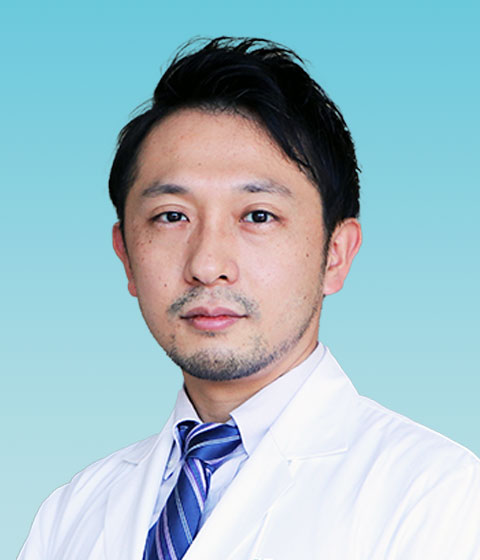
|
Assistant Professor | Brain Tumors (meningioma,schwannoma,glioma,skull base tumors etc.) Minimally invasive skull base surgery Cerebrovascular disorders |
Board-Certified Neurosurgeon
(the Japan Neurosurgical Society) The Japan Stroke Society Certified DoctorJapanese Society for Neuroendoscopy Certified Doctor |
|
| 齊藤 徹 (Saitou Akira) 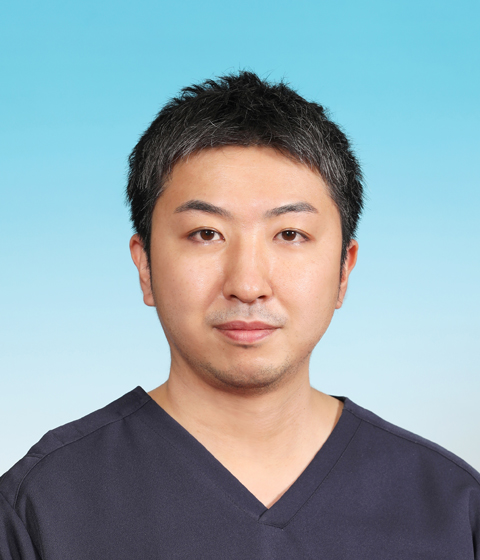
|
Instructor | Cerebrovascular disorders Cerebral aneurysms Carotid artery stenosis Moyamoya disease Acute cerebral ischemia |
Board-Certified Neurosurgeon (the Japan Neurosurgical Society) Japanese Society for Neuroendovascular Therapy Certified Doctor The Japan Stroke Society Certified Doctor |
|
| 笠倉 至言 (Kasakura Shigen) 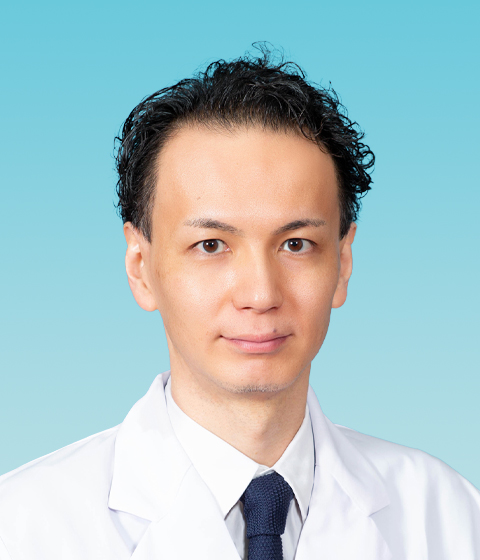
|
Instructor |
Cerebrovascular disease Aneurysm Dural arteriovenous fistula Arteriovenous malformation Endovascular theraphy |
Board-Certified Doctor Japanese Society for Neuroendovascular Therapy Board-Certified Doctor The Japan Stroke Society |
|
| 花 大洵 (Hana Taijyun) 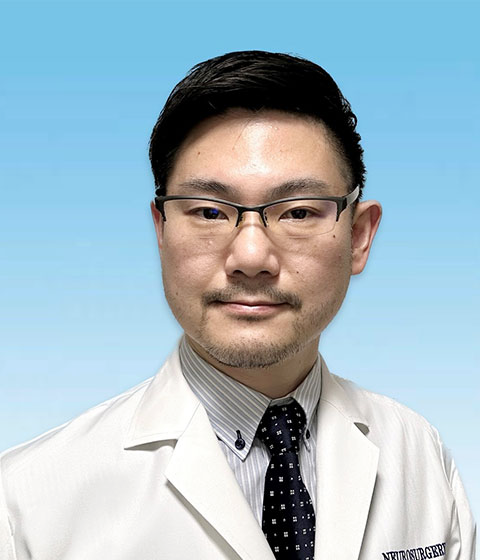
|
Instructor | Brarain tumors Awake surgery Pediatric Neurosurgery Neurotrauma |
Board-Certified Neurosurgeon (the Japan Neurosurgical Society and The Japanese Society for Pediatric Neurosurgery) The Japan Stroke Society Certified Doctor |
|
| 川口 雄生 (Kawaguchi Yuki) 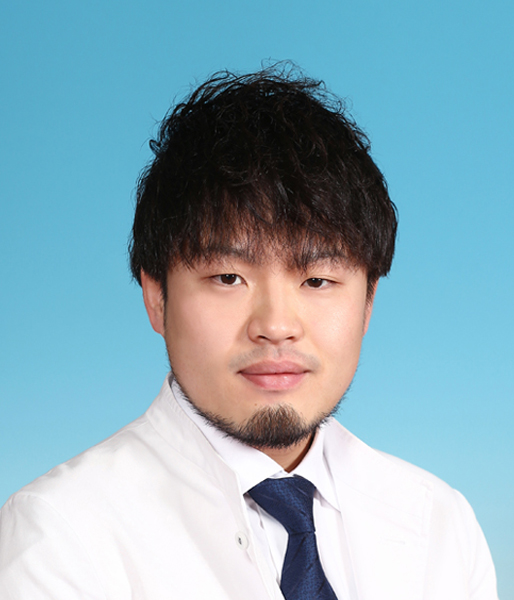
|
Instructor | Neurosurgery general | Board-Certified Neurosurgeon (the Japan Neurosurgical Society) |
|
| 中村 翔 (Nakamura Sho) 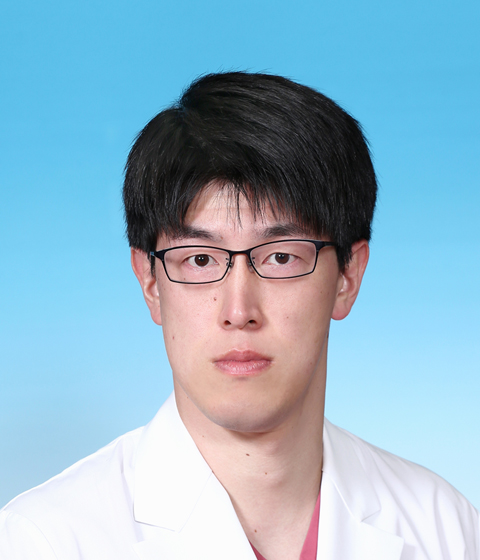
|
Instructor | Neurosurgery general | Board-Certified Neurosurgeon (the Japan Neurosurgical Society) |
|
| 神部 茉由 (Kanbe Mayu) 
|
Senior resident | Neurosurgery general Neurosurgical emergency and critical care medicine |
Board-Certified Doctor of Emergency and Critical Care Medicine | |
| 大塚 のぞみ (Otsuka Nozomi) 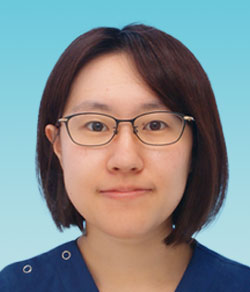
|
Senior resident | Neurosurgery general | ||
| 池本 知子 (Ikemoto Tomoko) 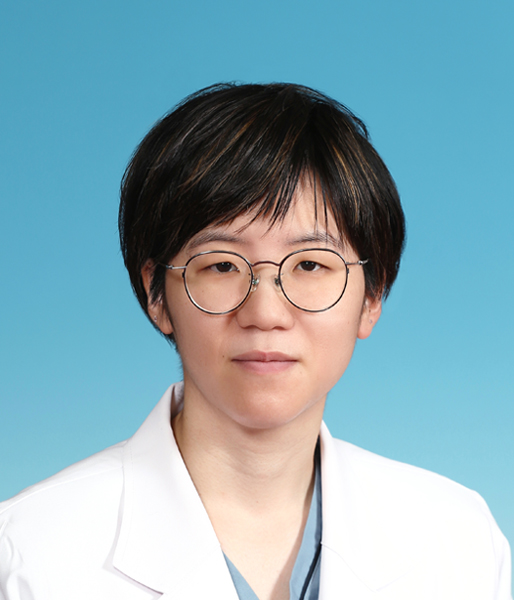
|
Senior resident | Neurosurgery general | ||
| 鈴木 尭陽 (Suzuki Takaaki) 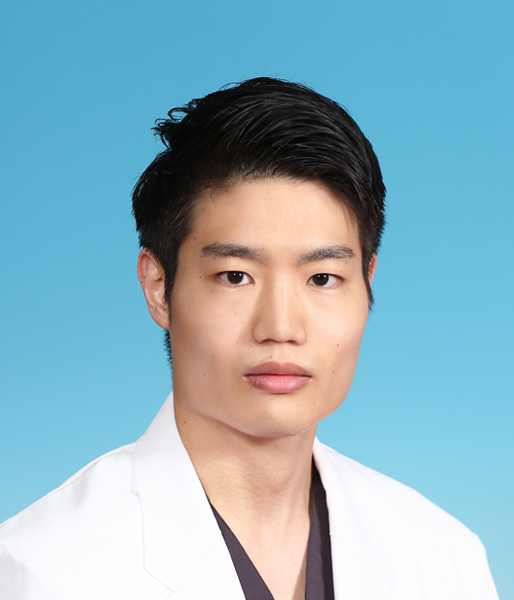
|
Senior resident | Neurosurgery general | ||
| 片岡 一馬 (Kataoka Kazuma) 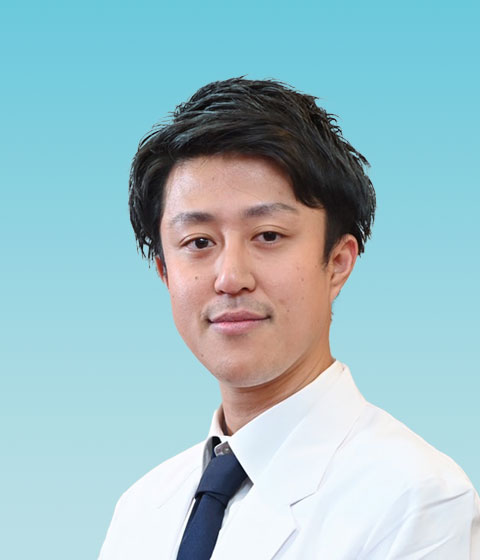
|
Senior resident | Neurosurgery general | ||
| 鈴木 奨 (Suzuki Sho) 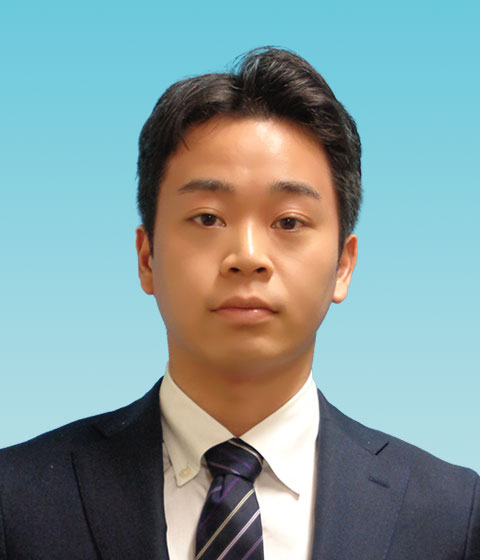
|
Senior resident | Neurosurgery general | ||
| 井上 敬貴 (Inoue Keiki) 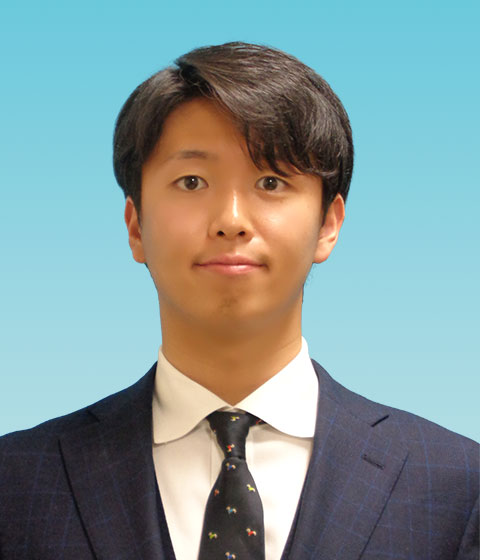
|
Senior resident | Neurosurgery general | ||
| 松居 徹 (Matsui Toru) 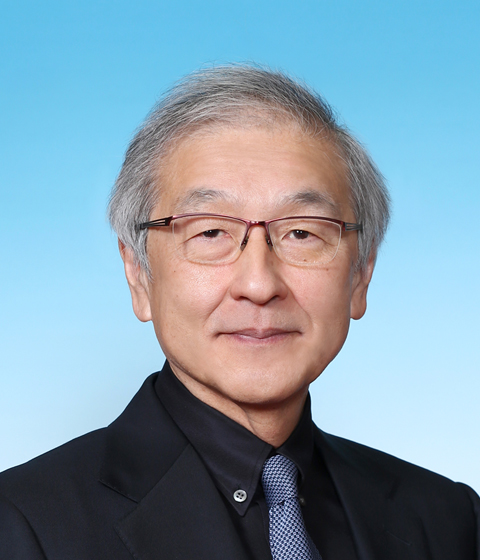
|
Professor Emeneritus | |||
| 大宅 宗一 (Oya Soichi) 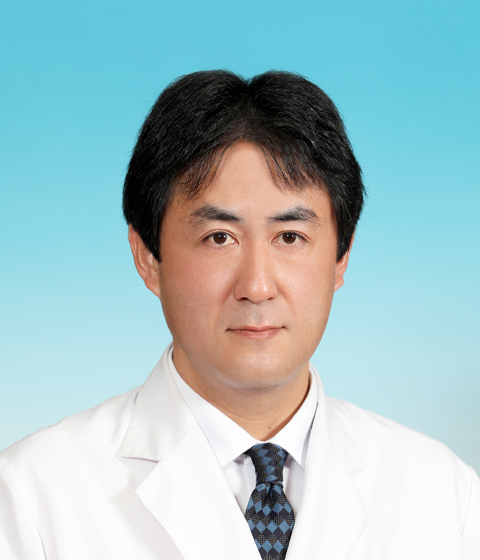
|
Visitting Professor | |||
| 小原 琢磨 (Obara Takuma) 
|
Director of Neurosurgery,Sanai hospital | Board-Certified Neurosurgeon (the Japan Neurosurgical Society) |
||
| 平川 亘 (Hirakawa Wataru) 
|
Director of Neurosurgery,IKEBUKURO Hospital Vice Director |
Board-Certified Neurosurgeon (the Japan Neurosurgical Society) |
||
| 藤澤 直顕 (Fujisawa Naoaki) 
|
Director of Neurosurgery,Musashino General Hospital | Board-Certified Neurosurgeon (the Japan Neurosurgical Society) The Japan Stroke Society Certified Doctor |
Outpatient clinic
| Department of Neurosurgery | ||||||
| Monday | Tuesday | Wednesday | Thursday | Friday | Saturday | |
| 午前 | ||||||
| 初診 再診 |
花 大洵 (Hana Taijun) |
花北 俊哉 (Hanakita Shunya) |
笠倉 至言 (Kasakura Shigen) |
飯星 智史 (Iihoshi Satoshi) |
齊藤 徹 (Saito Akira) |
|
| 長谷川 洋敬 (Hasegawa Hirotaka) |
川口 雄生 (Kawaguchi Yuki) |
大塚 のぞみ (Otsuka Nozomi) |
池本 知子 (Ikemoto Tomoko) |
中村 翔 (Nakamura Shou) |
||
| 小原 琢磨 (Obara Takuma) (第2週) |
神部 茉由 (Kanbe Mayu) |
|||||
当科では緊急ホットラインを開設しております。当日の当直医師へ診療ならびに受入れに関して直接ご相談頂けます。
脳神経外科ホットライン 080-1252-9014
To the Medical Institutions
① To the Regional Medical Institutions
We will respond to you promptly when you contact us for emergency patients where you
suspect cerebrovascular disease.
In addition, our Department of Neurosurgery especially specializes following areas
in neurosurgery,
- Brain Tumors (meningioma, acoustic neuroma, glioma, craniopharyngioma, pituitary tumors, etc.)
- Cerebral aneurysms
- Cerebral arteriovenous malformation
- Intracranial artery stenosis, cervical carotid artery stenosis
- Moyamoya disease in adults and children
- Trigeminal neuralgia or facial spasms
- Spinal cord disease
Please feel free to consult with us if you have a patient who has concerns with the above. Our department wants to cooperate closely with the local medical institutions. We will report the details after the consultation.
② To medical students and residents
We conduct clinical observations and briefings at any time in our classrooms. Although we are a university hospital that tends to be biased toward "clinical pathology and research," our department considers "nurturing" to be an extremely important mission.
In such a situation, we try to make sure to consider that there is enough opportunity for them to actually use their hands and participate in the treatment, that we are enthusiastic for education also in daily practice, and that there is no such thing as a young doctor being swamped only with chores, which is likely to be seen in a so-called University Hospital.
In addition, our department works in collaboration with the First Department of Anatomy at the Saitama Medical University Hospital to seek to find safer surgical methods for skull base tumors such as meningioma, auditory neuroma, craniopharyngioma, and pituitary adenomas, or for treatment of difficult vascular lesions in the base of the skull, and spinal cord lesions. In addition to making an intensive effort to aid physicians in obtaining their doctorate, we also provide lectures on anatomy for neurosurgeons or students. Please contact our department if you are a resident or medical student who is interested in the neurosurgery treatment centered on surgery.





